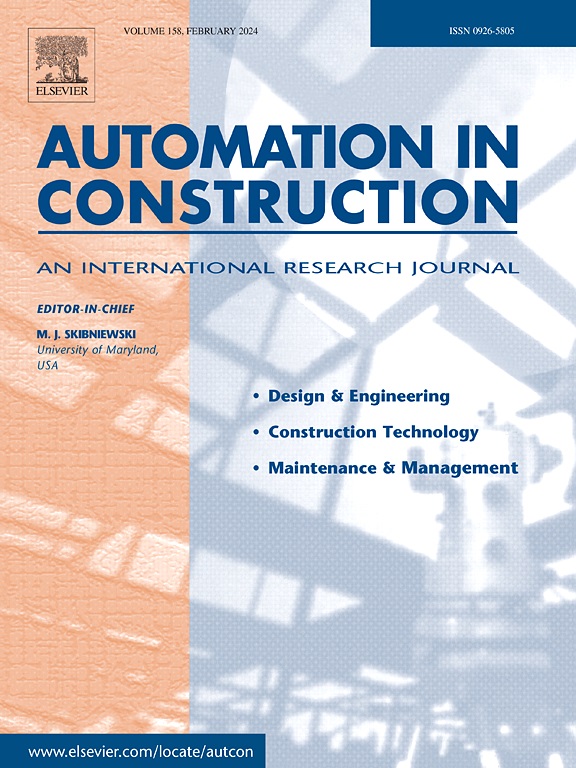模拟作为建设项目管理中的决策支持工具:模拟-动态即服务
IF 9.6
1区 工程技术
Q1 CONSTRUCTION & BUILDING TECHNOLOGY
引用次数: 0
摘要
模拟可以在建设项目管理中发挥关键作用,使决策者能够预测现实世界事件的影响、替代调度和资源分配决策。这种基于模拟的预测可以为项目管理提供大量信息,但尚未在建筑行业广泛采用。本文描述了simphoney - dynamic -as-a- service,这是一种先进的仿真工具,它弥合了仿真软件和现实世界建筑实践之间的差距。贡献如下:将Simphony dynamic重新架构为一组基于云的协调微服务。在定义良好的项目建模语言DiCon中构建项目数据。提供各种浏览器可访问的用户界面,以满足不同利益相关者的需求。结合关键路径计算和比较,以帮助确定关键任务和评估备选时间表。该平台提供了用于实时项目进度跟踪的api,增强了监控功能,并支持从任何时间点重新模拟模型,以探索假设场景并促进明智的决策。本文章由计算机程序翻译,如有差异,请以英文原文为准。
Simulation as a decision-support tool in construction project management: Simphony-Dynamic-as-a-Service
Simulation can play a key role in construction project management, enabling decision-makers to forecast the impact of real-world events, alternative scheduling, and resource-allocation decisions. Such simulation-based forecasting can substantially inform project management but has not yet been widely adopted in the construction industry. This paper describes Simphony-Dynamic-as-a-Service, an advanced simulation tool that bridges the gap between simulation software and real-world construction practices. The contributions are the following: Re-architecting Simphony Dynamicinto a set of coordinated cloud-based micro-services. Grounding the construction project data in a well-defined project-modeling language — DiCon. Offering a variety of browser-accessible user interfaces, tailored to the needs of different stakeholders. Incorporating critical-path computation and comparisons to assist in identifying critical tasks and evaluating alternative schedules. The platform provides APIs for real-time project progress tracking, enhancing monitoring capabilities, and enabling model re-simulation from any point in time for exploring what-if scenarios and facilitating informed decision-making.
求助全文
通过发布文献求助,成功后即可免费获取论文全文。
去求助
来源期刊

Automation in Construction
工程技术-工程:土木
CiteScore
19.20
自引率
16.50%
发文量
563
审稿时长
8.5 months
期刊介绍:
Automation in Construction is an international journal that focuses on publishing original research papers related to the use of Information Technologies in various aspects of the construction industry. The journal covers topics such as design, engineering, construction technologies, and the maintenance and management of constructed facilities.
The scope of Automation in Construction is extensive and covers all stages of the construction life cycle. This includes initial planning and design, construction of the facility, operation and maintenance, as well as the eventual dismantling and recycling of buildings and engineering structures.
 求助内容:
求助内容: 应助结果提醒方式:
应助结果提醒方式:


